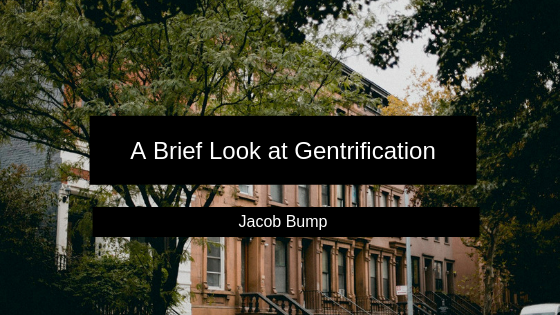There are many reasons for a neighborhood to deteriorate. However, the main reason is an economic downturn. It can be the result of a major corporation leaving a town, affecting not only its employees but also the businesses that supported it. While this is an issue every major city has faced, it can also be an opportunity for real estate developers. When real estate developers renovate a few houses or a district to bring in affluent residents, it is called gentrification (or urban revival). The term was coined by British sociologist Ruth Glass in 1963 upon seeing neighborhoods near London being renovated and the response from the residents. Glass stated that gentrification occurs when “working class quarters have been invaded by the middle class … until all or most of the working class occupiers are displaced and the whole social character of the district is changed.”
There are many on both sides of the fence on the gentrification of a neighborhood. Some are for the gentrification since it will bring “up” the neighborhood, making it look nicer and, perhaps, become safer. While others oppose it due to the displacement it will cause since property values (and taxes) will go up. Thus, residents will be forced to find cheaper housing elsewhere. When the process of gentrification begins, it is not uncommon to see protests and even vandalism done to construction materials or equipment. A great example of gentrification is New York (NY). Over a 16-year period (2000 – 2016), seven Manhattan and Brooklyn neighborhoods experienced dramatic demographic changes, including home values. Harlem home values increased by 356%, while home values in Williamsburg increased by 167%.
Gentrification can also occur when a new business comes into town forcing established businesses out, such as when a corporation (e.g. Walmart or Home Depot) comes into a neighborhood. The family-owned businesses have a hard time competing with cheaper prices and a bigger selection of items. It brings up the question of how mom-and-pop shops will survive in the 21st century. It can also less obvious; a home sells for much more than it’s worth or rents in the area have doubled. Even after the neighborhood(s) has changed, the residents who remained still feel the sting of the gentrification process. However, new residents are given the opportunity to become homeowners. Gentrification brings about change; whether the change is good or bad is up for debate.
